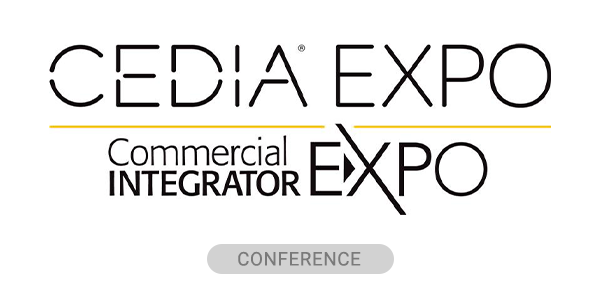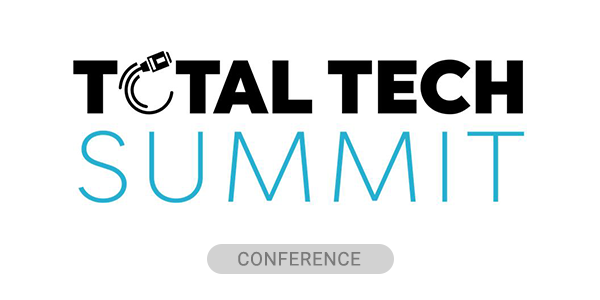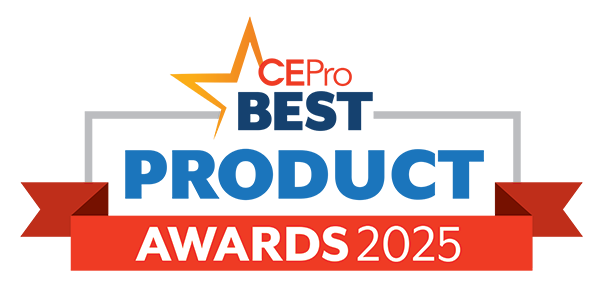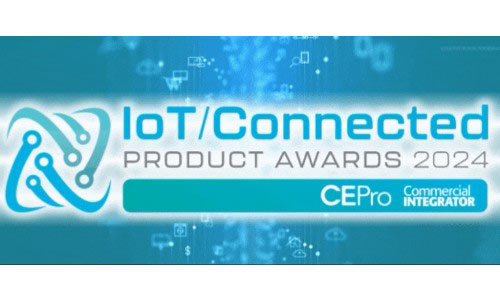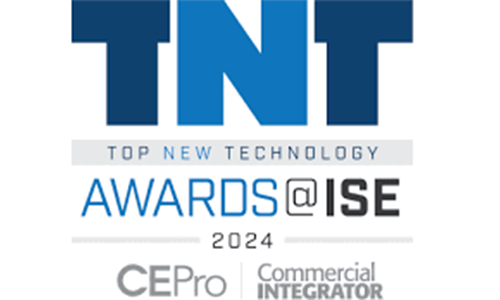The connected home has reached a tipping point. Smart speakers, lighting systems, TVs, thermostats, and cameras are standard in modern luxury residences, with many projects integrating dozens of IP-enabled devices on a single network. This creates enormous opportunity for integrators but also enormous risk. Cybersecurity, once an afterthought in the residential channel, is rapidly becoming one of the most urgent issues facing the industry. So the question here is: have you started to or considered offering cybersecurity compliance as part of your smart home service package yet?
Why Smart Home Cybersecurity Services Are Becoming More Critical
Research from major networking vendors shows that households average more than 20 connected devices, and each one is a potential doorway for attackers. Routers, IP cameras, streaming devices, and smart TVs are among the most frequently targeted, but anything with an IP address can be exploited.
Attacks are becoming more common and more sophisticated, and even seemingly benign activities — clicking a link, downloading a file, or logging into a compromised device — can open the door to a breach.
Jonathan Verbanets of Prime Radiant, a cybersecurity firm now working with smart home integrators on specialized services, warns that these vulnerabilities are far from hypothetical. “Your cameras are all connected to the cloud and accessible. The simplest question is, can people watch your family inside your home? That invasion of privacy is serious, and what outsiders could learn from your behaviors and do with that information is alarming,” he says.
The risks are magnified for high-net-worth clients who often appear in news headlines or have large social media followings. According to Verbanets, “They’re twelve times more likely to be targeted than anyone else.”
Calvin Bradley, Prime Radiant’s co-founder, adds that even executives accustomed to corporate-grade security let their guard down at home. “Most executives we work with have robust cybersecurity in their offices, but as soon as they come home, all of that goes out the window,” he says.
“Cybercrime is a way that criminals find information about you to compromise you,” Bradley says. “That might mean figuring out when you’re not at home so they can break in and physically steal things. The crime still originates from a digital perspective, and people need to start changing their mentality around that.”
The kinds of breaches once portrayed in movies are now appearing in integrators’ client bases. Bradley describes one case involving a high-profile homeowner. An executive accepted what seemed like a legitimate podcast interview request from a foreign media outlet.
“They did the research. They had a legitimate Instagram, Twitter account, and previous podcasts online,” he recalls. The client joined the interview from his home, clicked a link, and suddenly his entire home network was compromised.
“For that entire hour, his home network was exposed,” Bradley says.
These examples highlight a sobering reality: the weakest link may not be the firewall or router, but the human behavior around them.
Why Integrators Struggle to Offer Cybersecurity Compliance as Part of Their Service Package
Integrators occupy a unique position. They are responsible for installing, configuring, and connecting devices, but most smart home firms do not have cybersecurity specialists on staff that can offer these services. That creates a gap between what clients expect and what integrators can realistically provide.
“I think everyone we speak to says, ‘We know this is a concern. We just don’t know how to handle it,’” Bradley explains. He notes that some installers hesitate to even raise the issue because they worry clients will interpret vulnerabilities as mistakes in their work.
Verbanets points out that homeowners also resist restrictions.
“We can put all the security in place, but the first thing clients say is, ‘I can’t do this,’ and they want to override it,” he says. “So we try to push people in the right direction, minimize the surface area of attack, and get them into better practices.”
Connie Gray, Senior Cybersecurity Director at ADI | Snap One, says the company is tackling that gap through its own product and training strategy.
“We take a layered approach to connected-home cybersecurity, incorporating security touchpoints at every stage of the development lifecycle,” Gray says. “Our threat modeling, secure software design, and security testing are designed to provide homeowners and integrators with confidence that their connected environments are safe, resilient, and easy to use,” she explains.
How Federal Regulatory Efforts Have Stepped in to Raise Standards for Smart Home Cybersecurity
At the policy level, the U.S. Cyber Trust Mark is a new government-backed certification program designed to raise baseline standards. Modeled after ENERGY STAR, it would allow smart home device manufacturers to label products that meet cybersecurity criteria, with QR codes linking to details about support policies and update lifecycles.
The program has support from major retailers and manufacturers, as well as CEDIA and CTA. However, it is not yet operational, and many details remain unfinished. For now, integrators are still largely at the mercy of device manufacturers when it comes to secure design.
The program was proposed by the Biden Administration and officially approved by the Trump Administration earlier this year, but the future of the program remains unclear.
Gray notes that Snap One is already preparing its ecosystem for these types of requirements by aligning with global and federal guidance.
“Our practices are guided by leading cybersecurity and privacy frameworks like those provided by NIST and are evolving in line with emerging regulations such as the EU Cyber Resilience Act and the U.S. Cyber Trust Mark,” she says.
For integrators, the challenge is twofold: educating clients about risk while building partnerships that allow them to provide credible solutions. Companies like Prime Radiant aim to make that conversation easier by combining hardware, monitoring, and insurance into a single package. Meanwhile, industry groups and federal initiatives are working to raise the baseline standards of connected devices.
Gray emphasizes that integrator enablement is central to Snap One’s mission. “We provide accessible, high-quality training to help integrators confidently install, securely configure, and support products. To help ensure their success, we offer a wide range of resources – including comprehensive educational courses, product webinars, in-person training, detailed technical guides, our ADI Expo program, and more.”
How Some Manufacturers Have Stepped Up Logging and Monitoring Smart Home Devices for Integrators
With threats growing more sophisticated, smart home integrators can no longer treat cybersecurity services as optional. Vendors like Snap One and Prime Radiant are demonstrating different but complementary approaches — one embedding security into product development and integrator training, the other offering plug-and-play defenses with managed monitoring.
In Prime Radiant’s case, that plug-and-play device, built on Dell hardware, installs transparently into the home network as a first line of defense. Unlike enterprise firewalls, it does not require reconfiguring the client’s system.
“You don’t have to take out all the routing you did or change anything already in place,” Verbanets says. “You plug in three cables, power it on, and that’s all that’s needed.”
Prime Radiant positions its offering as a managed cybersecurity service that goes well beyond the device itself. The subscription covers monitoring, anomaly detection, identity protection, and even cyber insurance. The company acts as an extension of the integrator’s team, providing on-call support, remote oversight, and regular system hardening through updates to keep client networks secure.
Bradley argues that integrators need to view these practices as part of standard security design.
“The most important thing for integrators to understand is that cybersecurity is now firmly integrated into the overall security framework of a home solution,” Bradley says. “When you’re having that security conversation with your client, it’s imperative that cyber is included in it.”
For integrators, that means cybersecurity is no longer a side conversation and should be part of the foundation of every smart home project.
Where Installers Can Start on Their Smart Home Cybersecurity Checklist
Even without specialized solutions, integrators can take steps to reduce their clients’ exposure. The Smart Home Cybersecurity Checklist from the Consumer Technology Association (CTA) outlines core practices:
- Product Procurement: Source products only from trusted, proven vendors, as off-brand products have historically been linked to security issues.
- Passwords: Change all default logins and encourage clients to use secure password managers.
- Network Segmentation: Use VLANs to separate devices such as AV systems, smart devices, and guest access.
- Routers and Modems: Replace ISP-issued hardware with secure, integrator-managed equipment.
- IoT and AV Devices: Isolate devices that lack login protections.
- Mobile Devices: Ensure that phones and tablets running control apps are patched and protected.
- Routine Updates: Apply firmware and software patches as soon as they are available.

